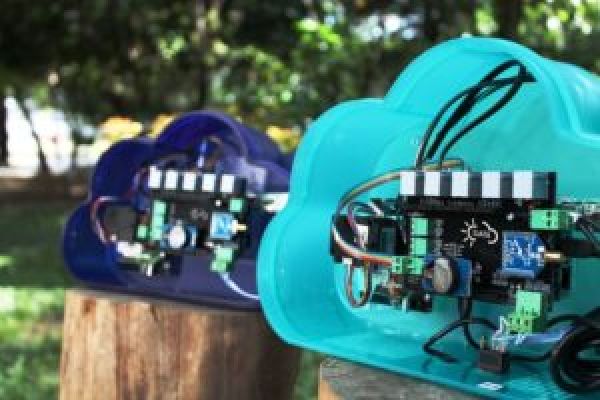Wildfire smoke regularly threatens air quality over vast regions of places like California. But a new study finds a network of low-cost sensors placed in private homes could paint a more detailed picture of localized pollution, especially in areas where data on air quality is limited.
“[The low cost sensors are] unlikely to replace our reliable regulatory monitoring networks,” said Ashley Collier-Oxandale, an air quality specialist from the South Coast Air Quality Management District (AQMD) who presented the study last month at the 2019 American Geophysical Union Fall Meeting. But because they take readings as often as once a minute and can be distributed widely because of their affordability, the sensors provide intricate details that might be lost with regulatory monitoring networks, she said.
Collier-Oxandale and her team distributed 400 sensors to households across 14 communities in California and collected data for over a year. The readings were collected in real-time using the participants’ home Wi-Fi networks, contributing to a website that provided participants with visualizations of the data from their communities.
Continue reading at American Geophysical Union
Image via American Geophysical Union


